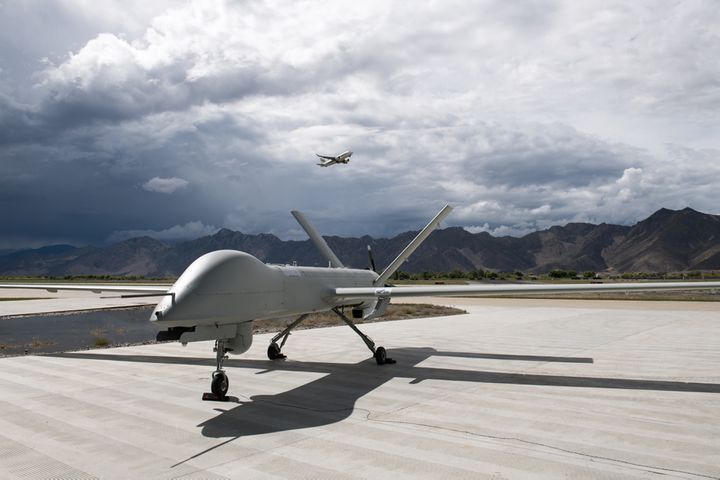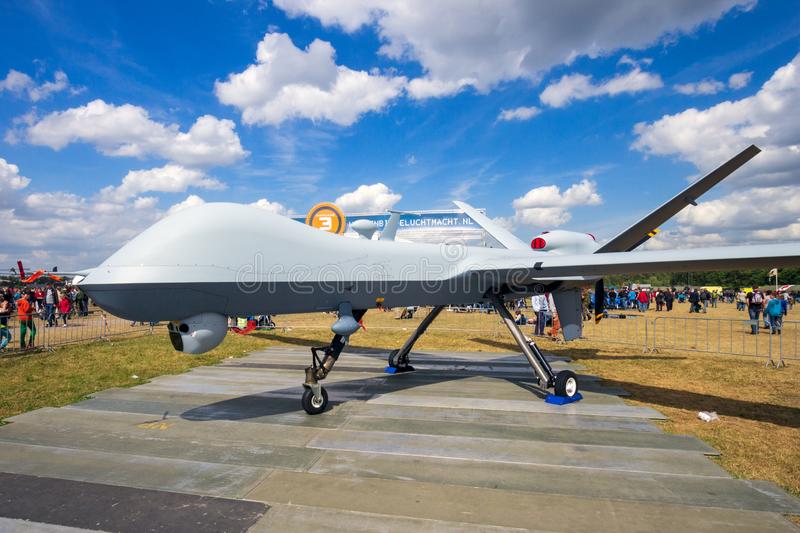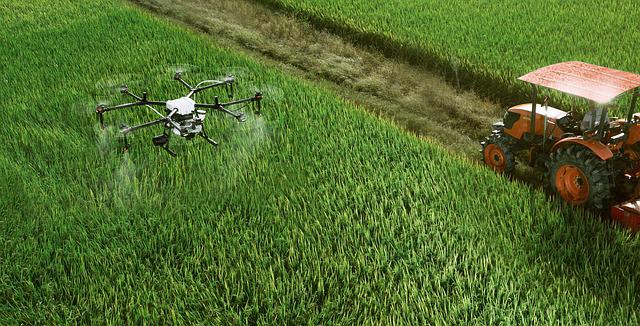
What are the factors that can prevent a drone colliding with an object or person? We'll be looking at sensors, altitude protection, regulations, and obstacle avoidance technology in this article. All of these play an important part in drone safety. Learn more about how to get your drone in the air. This could save your life. No one wants their drone to go down. And with all the buzzing around, it's easy to see why.
Obstacle avoidance technology
DJI Phantom 4 Pro excels in avoiding collisions with drones. The drone can identify objects around it and track them using a GPS feature. The advanced obstacle avoidance technology combines with intelligent flight functions to create a complete solution that eliminates the risk of collision. DJI Phantom 4 Pro is actually the only drone that will not collide.
Sensors
There are many sensors that drones can use to avoid hitting things. However, not all manufacturers use these sensors. Ultrasonic sensor is one of these. It emits a high frequency sound and measures how long it takes to reflect back. Two openings are found on ultrasonic sensors, one on each side of the lens. This data is processed by drone software and analyzed.

Altitude protection
Drones at high altitude still detect obstacles in the vertical view-angle radar. Therefore, when a drone reaches high elevation, its path planning algorithm will continue recognizing it as a single target. This may not be ideal, but it will help reduce false alarms. A new algorithm called altitude protection in drone collision will account for the difference between drone's RTH altitude and the height of tallest objects.
Regulations
The FAA has set rules for small unmanned aerial vehicle (UAV) operation at night. These small aircraft operate at very low altitudes, making it difficult for remote pilots to avoid collisions with objects or people on the ground. These small drones must be shut down after sunset. The FAA has issued exemptions and guidelines that allow small UAVs night-safety.
Costs
Insurance that covers drones is a great way to protect yourself financially in case of an accident. Insurance coverage can cover damages from a crash, flyaway, or water loss. The type of policy that you choose will determine the extent of your coverage. While some insurance policies may not cover liability or accidents, others may offer coverage that is worth the cost of your drone. The insurance policy may not be affordable if the drone you are using is extremely expensive.

FAQ
What laws are there regarding drones flying?
The Federal Aviation Administration (FAA), which regulates all aspects drone operations in the United States of America, is responsible for them. First, you need to obtain a FAA certificate in order to operate a drone commercially. You must then complete a course on piloting skills and pass an examination. The final step is to pay the fee.
Is drone regulation regulated by the FAA
The FAA is responsible for all aspects of drone operation, including certification requirements, safety standards, and licensing procedures.
Is it possible to fly a drone at high altitudes without a license?
The FAA has no limit on how high you can fly a drone. They do require that you register your unmanned airplane system (UAS), which includes registration number, model number, weight, size and manufacturer's names, as well as other information.
Statistics
- According to ZipRecruiter, the minimum hourly wage of drone pilots is $20. (thedroneu.com)
- According to the multiple listing service (MLS), houses and apartments with drone photographs are up to 68 percent more likely to sell than those without pictures. (thedroneu.com)
- According to industry research from ZipRecruiter , there are 10 cities where the typical salary for a Drone Pilot job is above the national average. (dronesgator.com)
External Links
How To
How To Fly Drones For Beginners
A drone is an unmanned aerial vehicle that can be remotely controlled and used for surveillance, aerial photography, film production, research, and other hobby purposes. Drone technology has been around since World War II. DJI's Phantom series of quadcopters was the first to be commercially used. Since then, there have been many different types of drones available, from beginner-friendly models like the Parrot AR Drone 2.0 to professional-grade multi-rotor craft like the DJI Mavic Pro.
There are many ways to fly a drone.
-
Remote control - This allows you to control the drone from your hand. There are two main types: Joysticks (like a radio), and On/Off switches (like an alarm clock).
-
Manual Control- This allows you to control your drone remotely via GPS coordinates. The app will provide instructions and help you to locate the drone.
-
Autonomous Flight – This is when the drone handles all the piloting tasks. It allows the drone to fly independently without any human intervention. For the autonomous flight to occur, the drone must have a built-in camera and sensors capable of capturing images and data.
-
Triggered Flight – This method is very similar to manual flight. The pilot creates a route that the drone will follow until it reaches the destination. Once the programmed route is completed, the drone lands automatically and returns back to the base.
-
Landing Gear: Some drones have landing gear that allows them safely to land in case they lose power or run low on battery.
-
Goggles: Some pilots use goggles in order to protect themselves against debris when operating.
-
Camera – Some drones have cameras, which allow you to take photos or videos from up high.
-
Obstacles – Some drones have obstacle avoidance systems that stop them from colliding with obstacles.
-
Speed - Drones can reach speeds up to 40 mph.
-
Battery Life – Most drones will last 20 minutes to three hours depending on how powerful they are.
-
Some drones are capable of traveling up to 30 miles depending upon their make and model.
-
Power source: Some drones will require an external power source while others can be powered by internal batteries.
-
Weight - Some drones can be as light as 1 pound while others can reach 4 pounds.
-
Size - The size of drones varies from small, easily carried devices to more substantial crafts that weigh in excess of 50 pounds.
-
Price - High-end drones can go for thousands of dollars, while low-cost models start at $100.